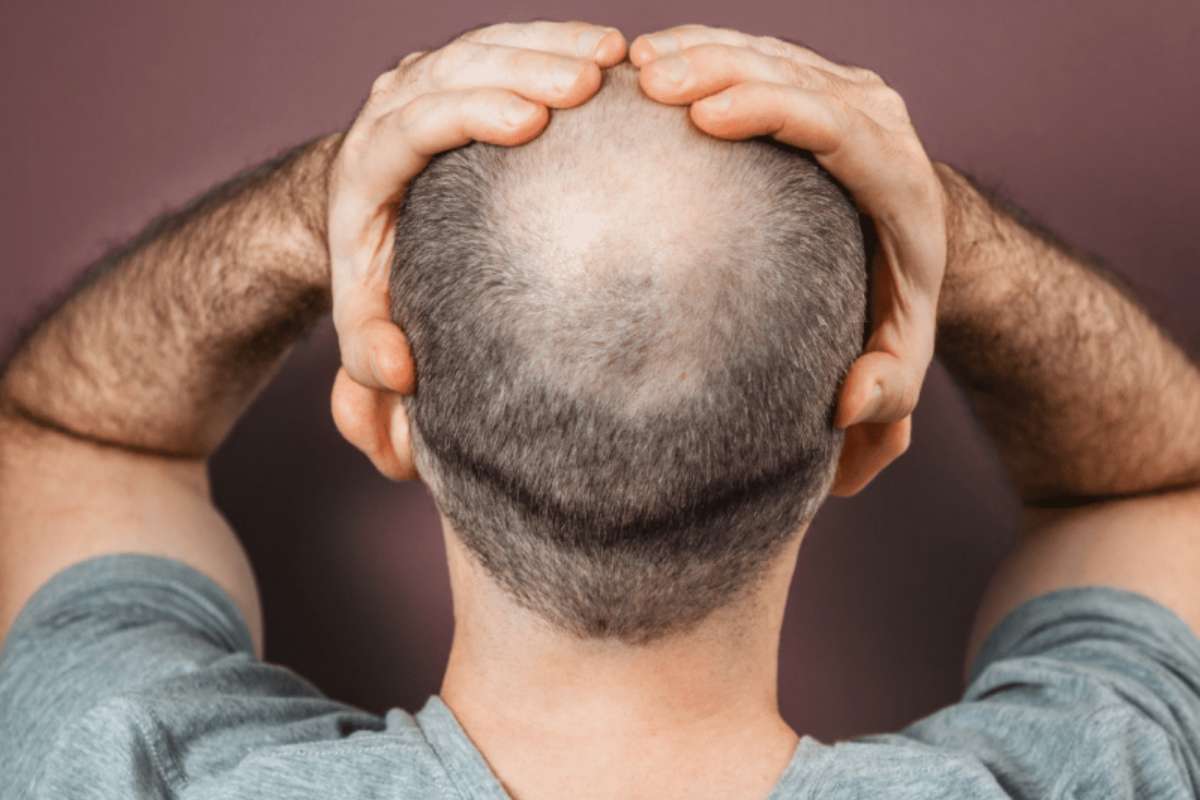Eyebrow hair loss can occur for many reasons – age, over plucking, thyroid disease, or even trauma. But when it comes to losing your eyebrow hair, there are a number of things you can do to help make it less noticeable. You can leave it as is and let nature run its course; you can fill your brows in with makeup; or you can opt for a more long-term fix.
In this article, we’ll explore two of the most common, longer-lasting options–eyebrow transplants and microblading.
What is an Eyebrow Transplant?
If you’re looking for a permanent solution that results in real eyebrow hair, an eyebrow transplant is definitely the way to go. An eyebrow transplant takes the donor hair from your scalp and transplants it to your brows. Because the hair is taken directly from your own head, it creates an authentic, natural look.
The Eyebrow Transplant Procedure Explained
When you get an eyebrow transplant, your physician will first use a marker to mark off the planning area, to ensure that the shape and size of your brows is exactly what you are looking for.
Then, depending on your brow shape and size, your physician will transplant from as many as 50 to 300 grafts per eyebrow, with each graft typically containing one or two hairs. The grafts are placed one at a time into each of the recipient sites.
The procedure is very complex and can take up to six hours, due to the meticulous attention given to the arch, angle and curve of each hair.
To help with comfort during the procedure, Lidocaine is used for local anesthesia to numb the area. All surgical aspects of an eyebrow transplant should be performed by a physician. Technicians will usually assist with the procedure through cutting of placing of grafts.
Preparation for An Eyebrow Transplant
On the day of your procedure, be sure to dress comfortably, as you will be spending several hours undergoing the transplant. Lay off the alcohol, aspirin, or ibuprofen for one week prior to your treatment. You want to avoid anything that makes that will make you bleed more, such as blood thinners.
Recovery From An Eyebrow Transplant
Some people may experience redness, crusting, or swelling after undergoing an eyebrow transplant. Due to the swelling, you may need to take some time off work, but typically no more than a week is needed. Neosporin or Vaseline can be used to hasten the initial healing phase and minimize crusting.
You will see final results within 6 to 12 months. Similar to a scalp hair transplant, the hairs in place at the end of the procedure with will go through a shedding phase and then regrow in a few months. As your eyebrows start to grow in, we recommend grooming your eyebrows with a firm gel in order to ensure that they grow in the right direction. You will also need to trim your new eyebrow hair about every 10 days.
One of the best things about an eyebrow transplant is that it is typically a one-time procedure. Touchups may be required in six months to a year in order to add more density, but other than that, your eyebrow woes should be gone — permanently.
Eyebrow Transplant Cost
The cost of an eyebrow transplant depends on how much hair needs to be replaced, and can vary depending on the doctor and location.
What is Microblading?
Microblading is a tattoo technique that fills or reshapes eyebrows by using tiny hand-drawn lines, giving the illusion of individual hairs. Unlike a normal eyebrow tattoo, which is typically done with a machine, microblading is done with a hand-held tool that places pigment into the skin.
The Microblading Procedure Explained
Like the transplant procedure, the first step is to choose the brow shape and size. The microblading artist will then use a small hand-held tool to make tiny cuts in the upper layer of your skin and deposit the pigment. The artist will hand draw each of these lines to mimic natural hairs in your brows.
A topical anesthetic is typically used, which numbs most of the pain. The procedure itself takes about two hours and is typically performed at a salon not under any medical supervision.
Preparation for a Microblading Procedure
Prior to your microblading procedure, you also want to avoid blood thinners such as alcohol, aspirin, ibuprofen, vitamin E or high dose fish oil. But you also want to avoid retinol or treinoin (Retin-A) for one week prior to your treatment. Retinoids make your skin thinner and can interfere with the procedure.
Recovery From a Microblading Procedure
As your eyebrows recover, you will need to protect them from moisture – this means no sweaty workouts and no washing your face with water for at least a week. Itching, mild swelling and slight redness during the first week of recovery is normal. Your eyebrows will look darker immediately after the procedure, but the color will fade up to 40 percent.
Because there is less ink used in this method and because the ink is placed in the dermis, microblading does not last as long as a traditional tattoo. Over time, the microblading lines will fade; they typically last for about one to three years, with some patients returning for touch-ups once every six months.
Cost of a Microblading Procedure
Microblading treatments can cost anywhere from $200 to $600, but costs vary.
Choosing between an eyebrow transplant and microblading depends on whether you’re looking for a short-term or long-term solution, as well as what look you are hoping to achieve. Because the transplant is filling in your brows with your own real hair, it will look more natural and is also a permanent solution.
If you have any questions about your hair loss options, be sure to contact the Limmer HTC center today
.







